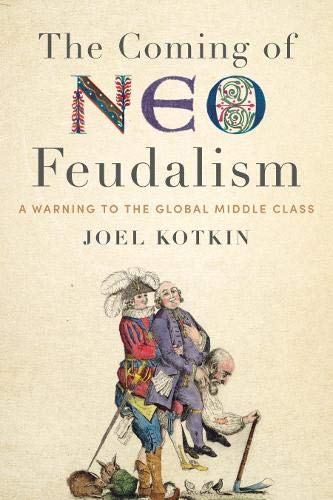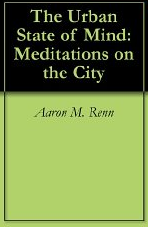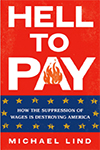
Planners know that architecture is a profession closely aligned with urban planning. Many architects might tell you that planning is a subset of architecture. Whether true or not, architects have had a lot of influence in the development of the planning profession.
One architect who fits that mold is Louis Sullivan. I don’t think he ever identified with being a planner, but his influence on urban design, by being one of the first designers of the modern skyscraper and a key leader in the formation of the Chicago School and Prairie School of architecture, which also influenced planning, links Sullivan to planning.
Sullivan was also famous for a quote that fits planning as well as architecture: “form follows function”. Sullivan made that statement when thinking about his architectural designs. However, he just as easily could have said the same about cities. In other words, how cities look depends on what they do.
The industrial cities in the Rust Belt took on the form they did because of the function they had. Many of them cared far less about how they looked or performed as cities and cared more about how they could house the factories that employed workers, the homes they lived in, and their commercial needs.
Gary, IN is a great example of this. When U.S. Steel employed more than 30,000 workers and nearly 200,000 people lived in Gary, few people put lots of thought into the city’s form; it served the function of an industrial city. Over the last half of the 20th century, however, that function collapsed, leaving behind a city that was ill-prepared for the next step. As I wrote in Part 1 about the Notre Dame School of Architecture’s efforts to rebuild and revitalize Gary’s downtown, I liked the premise of relying on “mom-and-pop developer capital” and “patience and persistence” to establish a new urban form. But trying to establish a new form (or even an updated form) is not possible without knowing the function. That’s why I think Notre Dame’s School of Architecture in Gary is admirable, but flawed.
Gary’s existential moment
Gary must determine its new function first and establish the form that allows it to flourish. But how does it do that?
Let’s use the city typology from the Encie study I referenced in Part 1 as a starting point. Of the nine city typologies the report identified, the researchers are most gloomy on the prospects of industrial cities in highly-developed economies. We know now that manufacturing is no longer the kind of economic function that can support cities in the way they used to. That doesn’t mean it’s not financially viable anymore, it means it doesn’t fulfill the needs of people living in developed economies. Using the Encie study as an example, the researchers note that future prospects for existing industrial cities are dim in developed economies, but strong in developing or emerging economies. Let’s suppose the industrial city model is gone and never coming back into American cities.
Read the rest of this piece at The Corner Side Yard.
Pete Saunders is a writer and researcher whose work focuses on urbanism and public policy. Pete has been the editor/publisher of the Corner Side Yard, an urbanist blog, since 2012. Pete is also an urban affairs contributor to Forbes Magazine's online platform. Pete's writings have been published widely in traditional and internet media outlets, including the feature article in the December 2018 issue of Planning Magazine. Pete has more than twenty years' experience in planning, economic development, and community development, with stops in the public, private and non-profit sectors. He lives in Chicago.
Photo: Indiana Dunes National Park — near the city of Gary, via Picryl in Public Domain.












